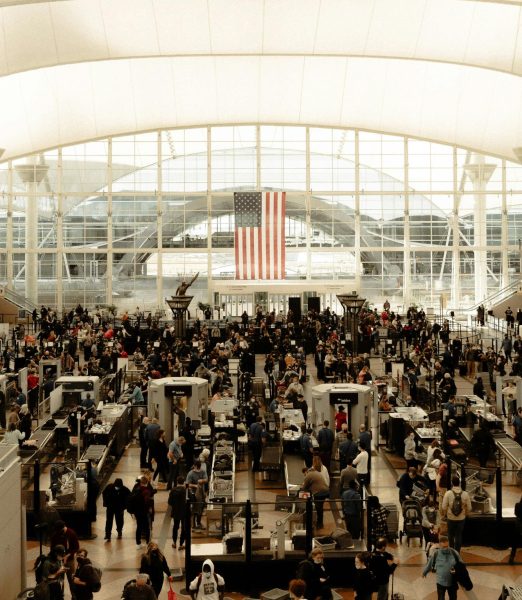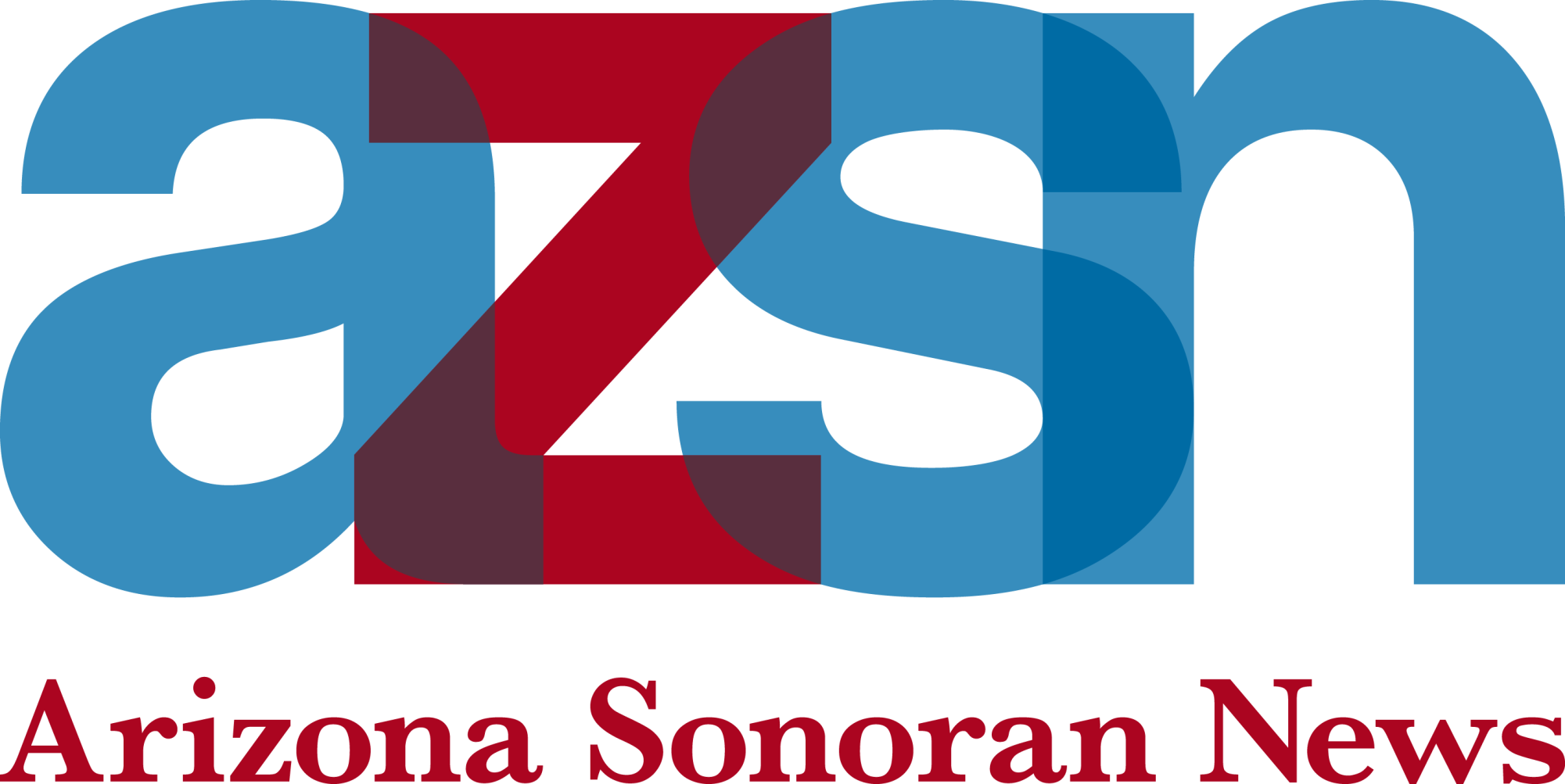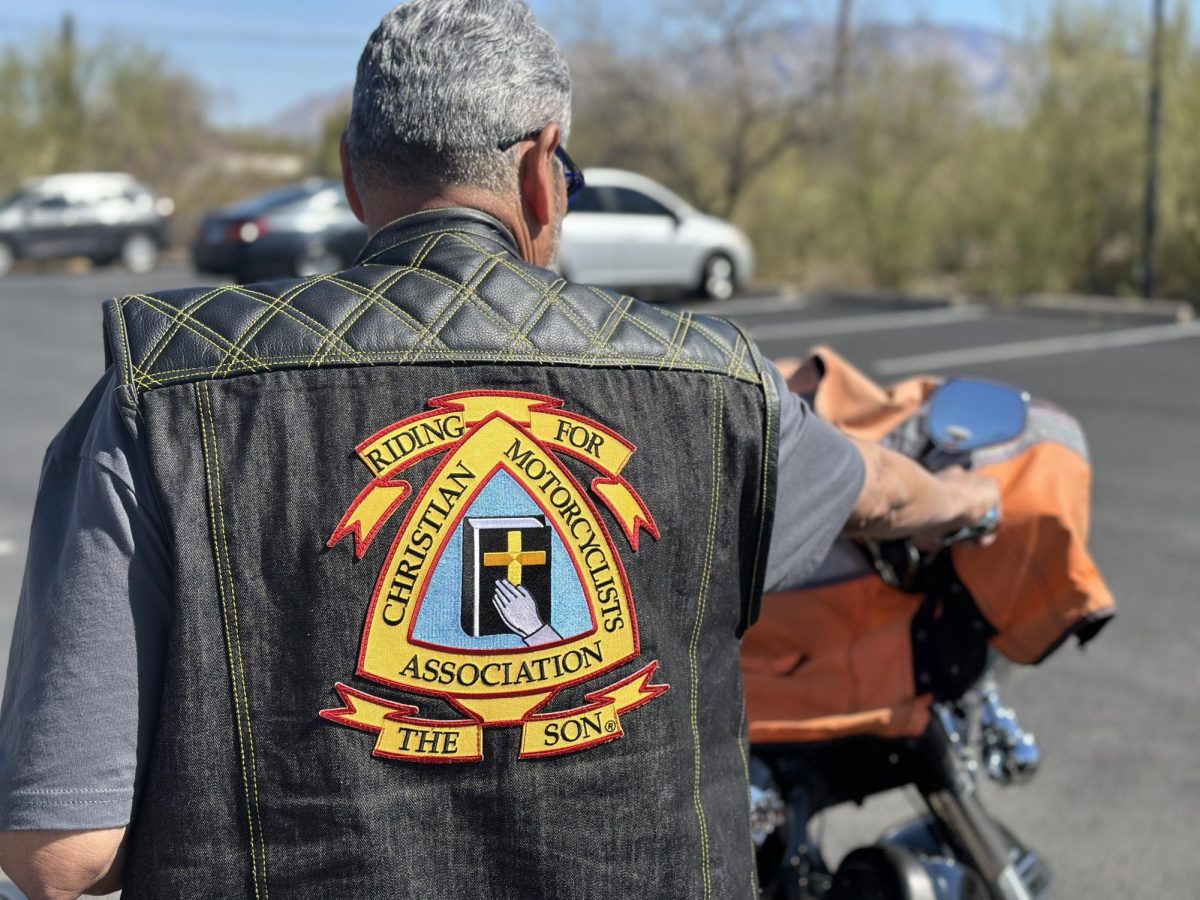A series of plane crashes since the Jan. 29 midair collision in Washington, D.C., that claimed 67 lives, has raised concerns among spring break-bound college students and other travelers.
“With all the plane crashes recently, it will definitely be in the back of my mind when I’m in the air,” said University of Arizona political science student Jaden Tung, who is flying to Nashville for next week’s spring break.
In addition to talking about upcoming beach and ski vacations, students from Arizona’s two largest universities also are discussing airplane safety, alternative travel options and whether they should reconsider their plans altogether.
In addition to the D.C. crash, there have been fatal plane crashes in Philadelphia, Alaska and two in Arizona – the Feb. 10 crash at Scottsdale Airport claimed one life and the Feb. 20 crash killed two at Marana Regional Airport.
There also were recent scares including an incident at Phoenix Sky Harbor International Airport in January when two inbound flights crossed paths; at Chicago O’Hare between a commercial flight and a private jet; and an incident in Toronto where a plane flipped upside down.
No deaths were reported.
UA marketing major Michelle Kingston is flying to Jackson Hole, Wyo. for spring break and admitted she feels a bit anxious.
“Maybe a 7 out of 10,” she said. “We’ve seen all the recent plane crashes, and one was at Sky Harbor Airport, which is the one I fly out of all the time.”
“I know planes are generally pretty safe,” said Will Rauhoff, a sports management student at Arizona State University, “But I think what’s happening with all these crashes, it’s pretty strange.”

Airports are due to see a surge in visitors as spring break approaches for universities around the country. Photo courtesy of Andres Molina via Unsplash.
For many students, these concerns aren’t enough to cancel their travel plans, but they remain on edge about the risks.
Tim Kiefer, an assistant professor of air traffic management at Embry-Riddle Aeronautical University in Prescott, said that despite recent incidents, commercial plane crashes remain extremely rare.
“You’re more likely to experience a fatality on your drive to the airport than while you’re in the plane,” Kiefer said. “It will probably be the safest place you’ll be during your entire spring break trip.”
According to data from the National Safety Council, the probability of dying in a car accident is approximately 1 in 112, while the likelihood of being in a plane crash is 1 in 8,015. That means a person is about 70 times more likely to be involved in a deadly car crash than a fatal aviation accident, underscoring the relative safety of air travel despite recent incidents.
With a new administration taking over the White House, the Federal Aviation Administration (FAA) has come under increased scrutiny from government officials. Following the plane crash in the nation’s capital in late January, the Trump administration initiated its first round of firings within the agency.
In a February post on X, Transportation Secretary Sean Duffy clarified that fewer than 400 FAA employees were dismissed, emphasizing that all air traffic controllers and critical safety personnel remained in their roles.
Kiefer, who has over 15 years of experience in air traffic control at Chicago O’Hare Airport and Harry Reid International Airport in Las Vegas, believes these staffing changes at the FAA have no direct connection to the recent accidents.
“There has always been a systemic issue of air traffic control modernization that has always been behind, and that’s not specific to any administration,” Kiefer said. “It’s been going on since I started in 2002 and even before that. So there are some technological advances that could be implemented that haven’t been placed yet.”
He noted that adopting these advancements takes time, requiring sponsorship, congressional funding approval and the necessity to upgrade air traffic control systems.
Arizona Sonoran News is a news service of the University of Arizona School of Journalism.









